Enhancing the Lifespan of Your Wooden Furniture
Theme of this edition: Enhancing the Lifespan of Your Wooden Furniture. Welcome to a space where heirlooms are protected, everyday pieces feel cherished, and small habits add decades of beauty and strength. Join our community, share your wins and worries, and subscribe for practical checklists that help your wood age gracefully—not prematurely.
Know Your Wood: Climate, Movement, and Patina
Wood swells when humid and contracts when dry, which can split finishes and loosen joints. Aim for 40–55% relative humidity, using a humidifier in winter and a dehumidifier in summer. Place a small hygrometer nearby and track weekly. Share your readings and setup; we’ll help fine-tune your room.
Dusting the Right Way
Use a soft microfiber cloth slightly dampened with clean water, and wipe with the grain to catch abrasive dust. Avoid feather dusters that scatter grit and scratch. Finish with a dry pass. Share your favorite cloths or techniques and tell us what works best for your particular finish.
Smart Cleaning Solutions
Skip harsh chemicals and silicone polishes that build residue. A tiny drop of mild, pH-neutral soap in warm water, wrung almost dry, safely lifts grime. Test in an inconspicuous area first. What gentle cleaner do you trust most? Comment your go-to recipe or brand to help fellow readers.
Hands, Handles, and Hygiene
Oils from hands slowly dull finishes, especially around drawer pulls and door edges. Wipe high-touch areas weekly and consider replaceable knob sleeves for messy projects. Keep a small cloth in the closest drawer. Got a before-and-after shine story? Share pictures and your quick routine below.
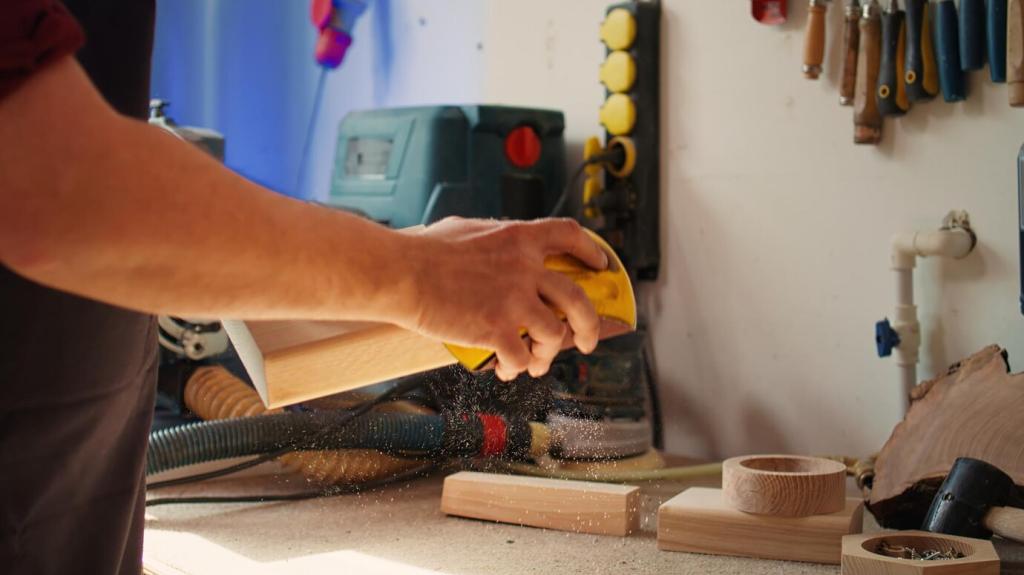
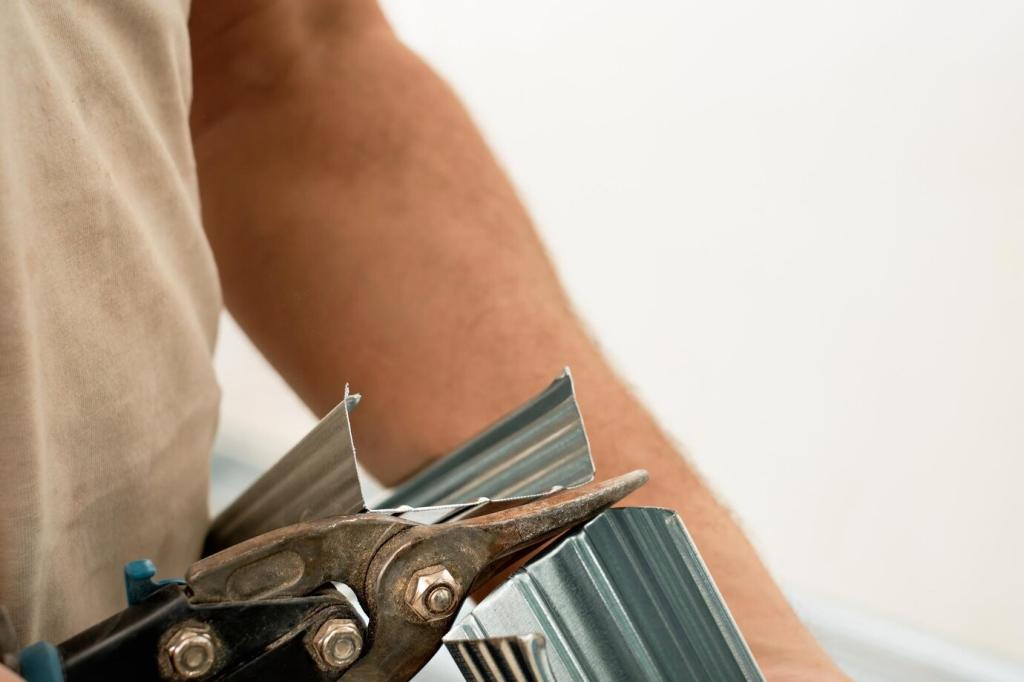
Taming UV Exposure
Use sheer curtains, UV-filtering films, or adjustable blinds to soften midday sun. Rotate frequently used pieces a quarter turn every few weeks to even out light. Snap a monthly photo so fading patterns are obvious. Tell us your window orientation, and we’ll suggest a custom rotation plan.
Rug Rotation and Fading Lines
Area rugs act like masks, creating sharp tan lines under chair legs and table bases. Rotate rugs seasonally and shift accessories to balance exposure. I learned this after a crisp rectangle appeared under a cherry coffee table. Share your sun-map revelations and what changes helped most.
Distance From Windows and Heat
Give furniture breathing room—at least a foot from windows and a couple of feet from radiators or space heaters. This reduces rapid moisture swings. If space is tight, add an insulating shade or reflective barrier. Drop your room dimensions, and we’ll brainstorm safe, stylish layouts together.
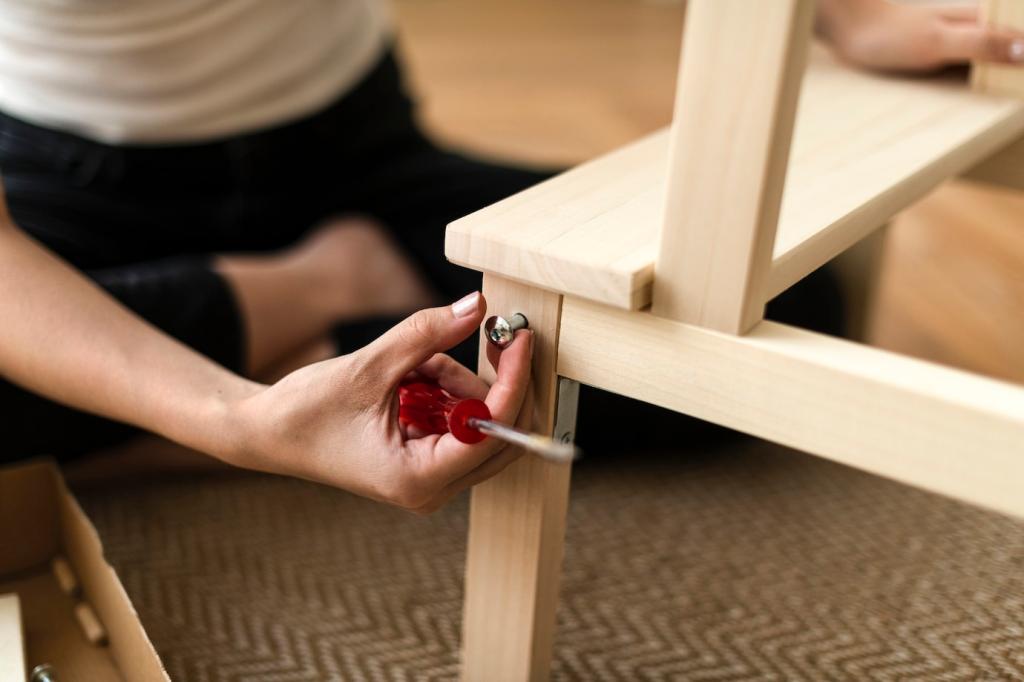
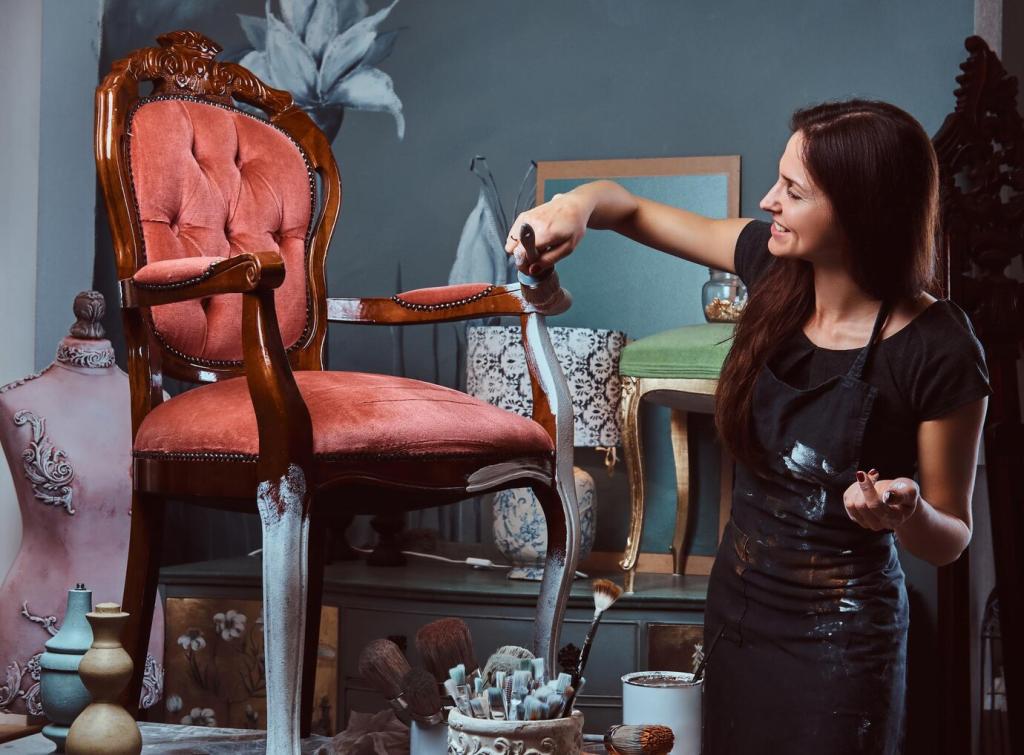
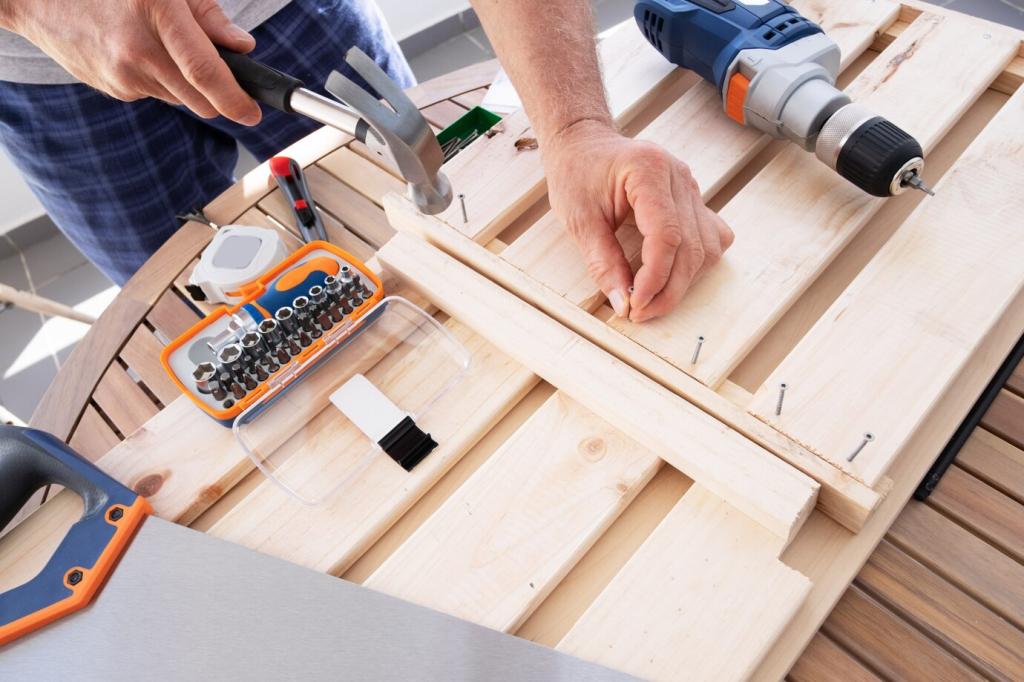
Preventive Habits That Add Years
01
Coasters, Pads, and Trivets
Use coasters for cold drinks to stop condensation rings, and trivets or silicone mats under hot dishes to protect finishes. Fit chair and table feet with felt pads and replace them as they compress. Show us your favorite protective accessories and how you style them without losing charm.
02
Safe Moving and Lifting
Lift, never drag. Remove drawers and shelves, wrap with moving blankets, and plan the path before picking up the piece. Secure doors with cotton tape, not sticky adhesives. Have a moving mishap story or a clever hack? Share it, so someone else avoids that heart-dropping scrape.
03
Pet- and Kid-Proofing
Place scratch guards where paws land, and teach little hands to use placemats for crafts. Keep markers and slime away from vulnerable finishes. A washable table runner adds style and armor. Subscribe for our family-proofing checklist, and tell us which rules worked in your busy household.
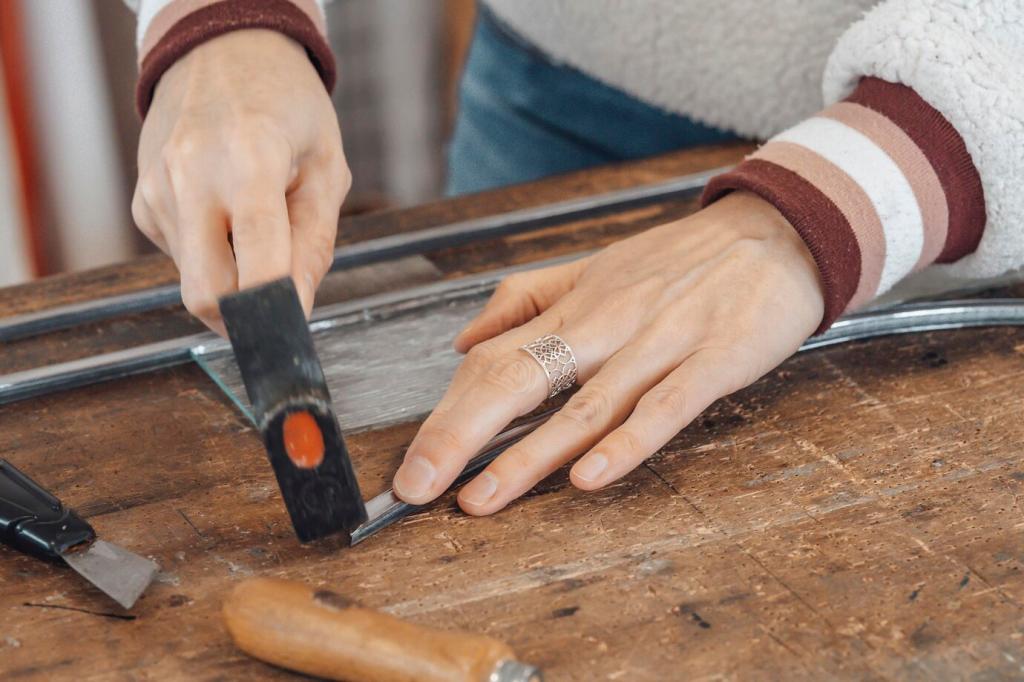
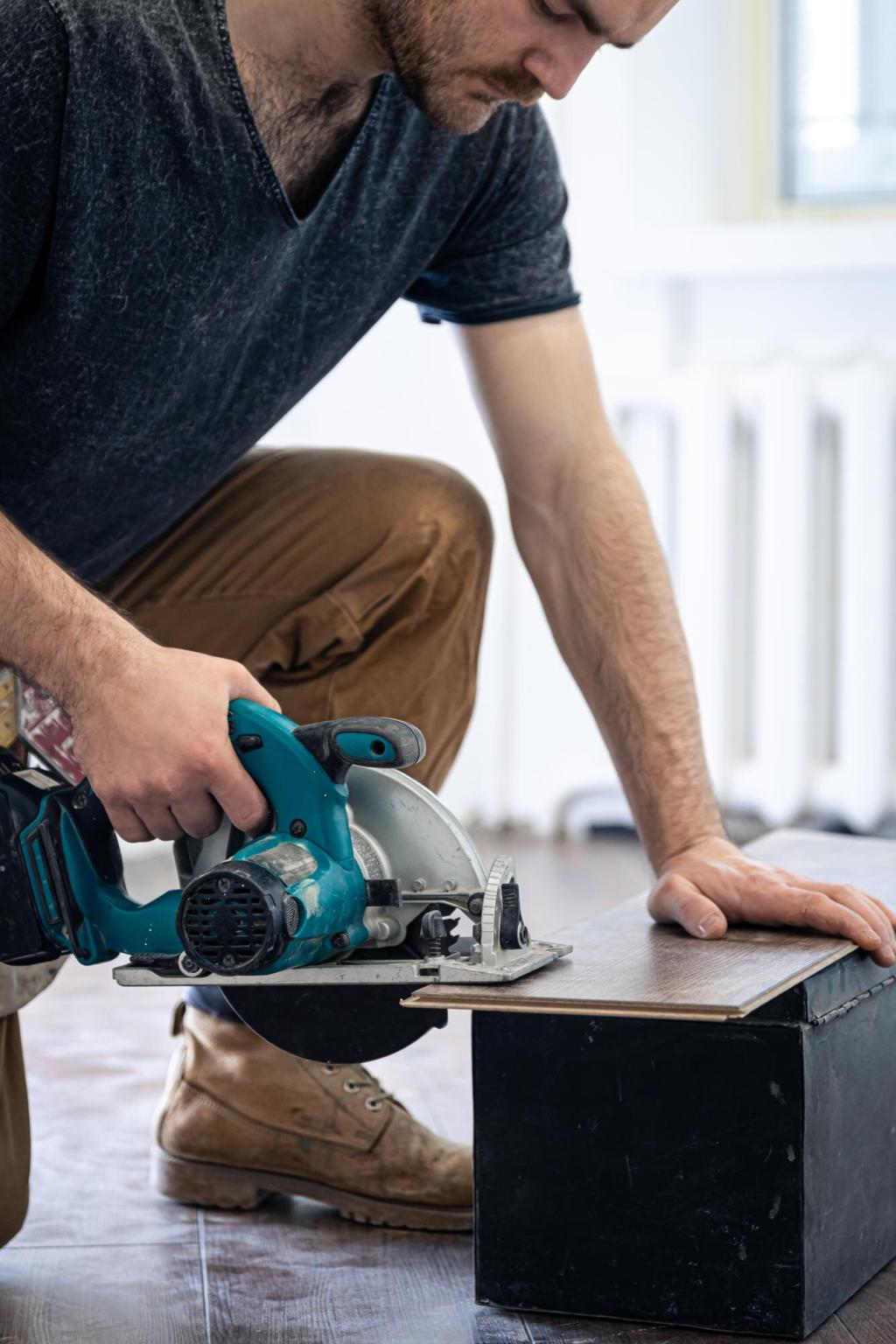
Seasonal Checkups and Minor Repairs
Check for loosened chair rungs and table aprons; tighten screws gently to avoid stripping. For antiques, consider reversible hide glue; for modern pieces, high-quality PVA is common. Clamp carefully and wipe squeeze-out. Unsure which is which? Comment with photos and we’ll help identify the joinery.
Seasonal Checkups and Minor Repairs
Vacuum dust from runners, then rub a thin layer of paraffin or a plain candle on wooden tracks. Avoid greasy sprays that attract grime. A tiny effort restores that satisfying glide. Post your before-and-after videos; they are weirdly soothing and inspire others to maintain theirs.
Long-Term Storage and Heritage Planning
Preparing for Storage
Clean thoroughly, apply a light protective wax, and cover with breathable cotton—not plastic that traps moisture. Choose climate-controlled storage, elevate off concrete floors, and allow airflow. Want a printable storage checklist? Subscribe, and we’ll email one you can tape right to the box.
Documenting Provenance
Keep receipts, repair notes, finish details, and photos in a folder taped inside a drawer. Write the story: who owned it, where it lived, why it matters. My grandmother’s oak buffet still tells her Sunday supper tales. Share a memory that makes your piece worth protecting.
Pest Vigilance
Watch for tiny exit holes and fine powdery frass—signs of powderpost beetles. Isolate suspect pieces, avoid sealing pests inside, and seek professional guidance promptly. Regular inspections catch issues early. Have questions about a mysterious hole pattern? Post a close-up and we’ll help diagnose it.
